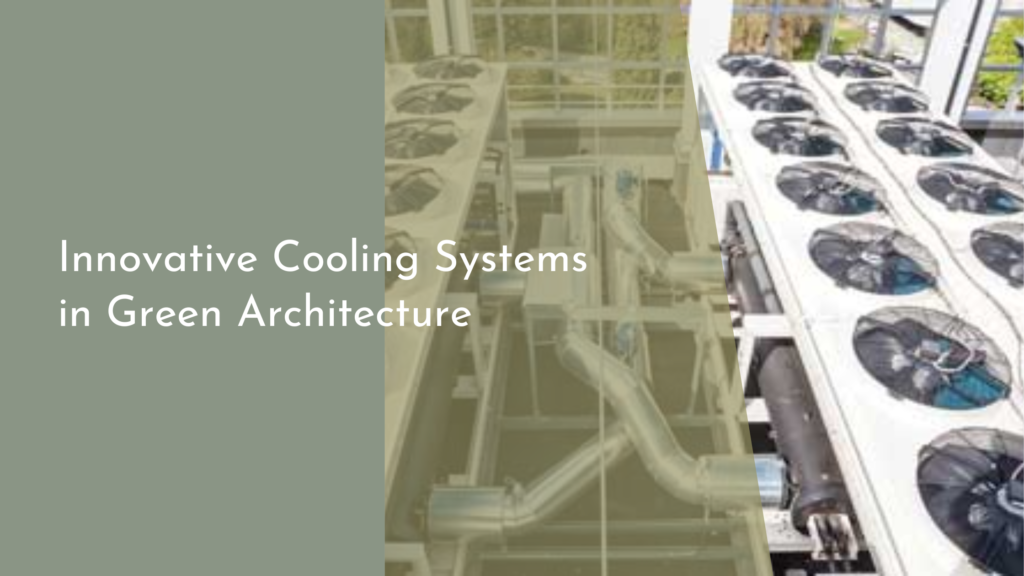Developing Interactive Exhibits on Rainwater Harvesting in Museums
Interactive exhibits in museums serve as powerful tools for education, engagement, and inspiration. When it comes to environmental issues, such as rainwater harvesting, these exhibits can transform complex ideas into tangible experiences. By fostering a hands-on understanding of how rainwater can be collected and utilized, museums can ignite a passion for sustainability in visitors of all ages. This article explores the significance of interactive exhibits focused on rainwater harvesting, creative ideas for displays, and the long-lasting impact of hands-on learning in shaping future generations.
Harnessing Rainwater: Why Interactive Exhibits Matter
Interactive exhibits are essential in conveying the importance of rainwater harvesting as an innovative solution to global water scarcity. Through engaging and immersive experiences, museums can showcase the significance of capturing and utilizing rainwater effectively. This approach makes the subject matter more relatable and encourages visitors to understand their role in sustainable practices. By fostering curiosity and inspiring action, museums can empower individuals to adopt rainwater harvesting techniques in their own lives.
Moreover, interactive exhibits can bridge the gap between theory and practice. While traditional educational methods may rely on lectures and static displays, interactive experiences allow visitors to actively participate in the learning process. This hands-on approach not only enhances retention of information but also cultivates a sense of responsibility towards the environment. When individuals grasp the tangible benefits of rainwater harvesting, they are more likely to advocate for sustainable practices and contribute to a healthier planet.
Creative Ideas for Engaging Rainwater Harvesting Displays
Museums can experiment with a variety of creative ideas to make rainwater harvesting displays captivating and educational. One such idea is to design a miniature community model that demonstrates how rainwater harvesting systems work in real life. Visitors could interact with the model, directing rainwater from rooftops to storage tanks while observing how it can be used for irrigation, flushing toilets, or even providing drinking water. This hands-on interaction not only educates but also illustrates the potential impact of rainwater harvesting on local ecosystems.
Another engaging concept is to incorporate augmented reality (AR) experiences into the exhibits. By using AR technology, visitors can visualize the process of rainwater harvesting and its benefits in a dynamic way. For example, an app could allow users to point their devices at specific objects in the exhibit, bringing to life animations that illustrate the journey of rainwater from collection to usage. Such innovative approaches can captivate tech-savvy audiences, ensuring that the importance of rainwater harvesting resonates with diverse demographics.
Hands-On Learning: Making Rainwater Fun for Everyone
Creating hands-on learning experiences around rainwater harvesting can be both fun and educational for visitors. One exciting idea is to set up a rainwater collection simulation station, where attendees can engage in a playful challenge to collect rainwater using various containers and funnels. This interactive activity encourages teamwork and problem-solving while reinforcing the principles of effective rainwater collection. Participants can even compete to see who can gather the most water in a specified time, making the learning experience lively and enjoyable.
Additionally, workshops can be arranged to teach visitors how to create a DIY rainwater harvesting system for their homes or gardens. By providing materials and guidance, museums can empower individuals to take practical steps towards sustainability. These workshops not only educate participants but also foster a sense of community as they share their ideas and experiences with one another. Ultimately, making rainwater harvesting fun ensures that the message of sustainability leaves a lasting impression.
Inspiring Future Generations Through Interactive Education
The impact of interactive exhibits on rainwater harvesting can extend far beyond the museum walls. By inspiring a sense of wonder and curiosity in young visitors, museums can nurture the next generation of environmental stewards. When children learn about the importance of water conservation and experience rainwater harvesting first-hand, they are more likely to carry these lessons into adulthood. This early exposure to sustainability concepts can shape their values and priorities, leading to a more environmentally conscious society in the future.
Moreover, museums can collaborate with schools to extend the reach of their interactive exhibits. Organizing field trips or educational programs that tie into classroom curricula can create a holistic learning experience. Children can engage in discussions about climate change and water resource management while applying their knowledge in real-world scenarios. By fostering partnerships with educational institutions, museums can amplify their influence, ensuring that the principles of rainwater harvesting are instilled in future generations.
In conclusion, developing interactive exhibits on rainwater harvesting in museums not only serves to educate and engage visitors but also plays a crucial role in inspiring a more sustainable future. By harnessing creative ideas and hands-on learning experiences, museums can make rainwater harvesting an enjoyable and enlightening topic for everyone. As we equip future generations with the knowledge and tools to embrace sustainability, we can foster a greater appreciation for our planet and empower individuals to make a positive impact in their communities. The journey towards a water-wise world begins with the spark of curiosity ignited by interactive education.

